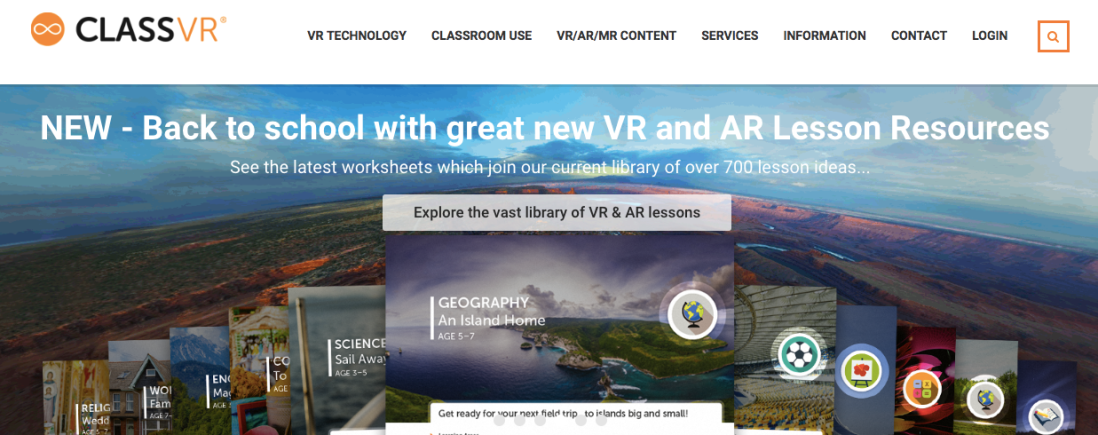What are Animation Tools?
Animation tools are a software or program that allows you to make a sequence of images or videos for didactic or entertaining purposes. While there have been basic animation tools, such as the animating available on PowerPoint, more complex animating tools, such as PowToon and Scratch.
How can they be used to foster creativity?
Both PowToon and Scratch are an interactive program, which allows for both independent and collaborative learning. Independent learning results in more student’s engagement, and thus allows them to be more confident with their creative choices (Duchesne & McMaugh, 2016), while group learning leads to an intermingling of ideas, which results in greater self-reflection and creative practices (Vygotsky, 1977). PowToon allows students to make simple animated clips from a range of different animations. The large variety of styles and characters available on the program means that students have more options, and hence more control over their learning. Scratch is an animation program that uses basic coding to create games, short movies and more. Scratch is completely interactive, and the programming possibilities with the simple code provided allows students a lot of flexibility. Similarly, to PowToon’s, Scratch has a large resource of ready-made characters, settings and actions that ensures students can experiment and create whatever they envisaged.
How do they influence pedagogical practice?
The synergism of these programs ensures that students can participate in authentic learning, which can improve their motivation and attitudes towards their learning ((Bower, M., Howe, C., McCredie, N., Robinson, A. & Grover, D., 2014). However, there are possibilities that the prefabrication animation that these tools provide could lead to less experimentation and less variation across the class. It has also been suggested that animations may prove to be too convoluted, or too quick for students to perceive accurately (Yung & Paas, 2015). Considering that the design process is integral to the creative process and critical thinking, students may receive few creative benefits from using these programs (Burnette, 2005). In some cases, it could imbed the idea of a “perfect” image, or presentation, which could hamper the student’s experimentation process. Ronald Beghetto and James Kaufman argue that it is imperative to teach students to be cautious of failure (2013), however, failure, and understanding that perfection doesn’t exist, is something that should belong in the experimentation process of creativity.
PowToon
Retrieved from: https://www.youtube.com/watch?v=f-fXKOIWMqI
Scratch
Retrieved from: https://youtu.be/98awWpkx9UM

References
- Burnette, C. (2005). What is design thinking? Retrieved from http://www.idesignthinking.com/01whyteach/01whyteach.html
- Beghetto, R. A., & Kaufman, J. C. (2013). Fundamentals of Creativity. Educational Leadership, 70(5), 10-15. Available at: http://www.ascd.org/publications/educational-leadership/feb13/vol70/num05/Fundamentals-of-Creativity.aspx
- Duchesne, S., & McMaugh, A. (2016). Educational Psychology for Learning and Teaching (5th). Cengage Learning Australia Pty Limited (pp. 9, 80, 97, 98, 107, 103
- Vygotsky, L. S. (1977). Play and its role in the menal development of the child. In M. Cole (Ed), Soviet developmental psychology. White Plains, NY: M. E. Sharpe. pp.76-99 (Original work published 1933/1966.)
- Yung, Hsin. I., & Paas, Fred (2015). Effects of Cueing by a Pedagogical Agent in an Instructional Animation: A Cognitive Load Approach. Journal of Educational Technology & Society. Retrieved from: https://www.jstor.org/stable/10.2307/jeductechsoci.18.3.153
- Image: https://tinyurl.com/y5l4nv9c

















